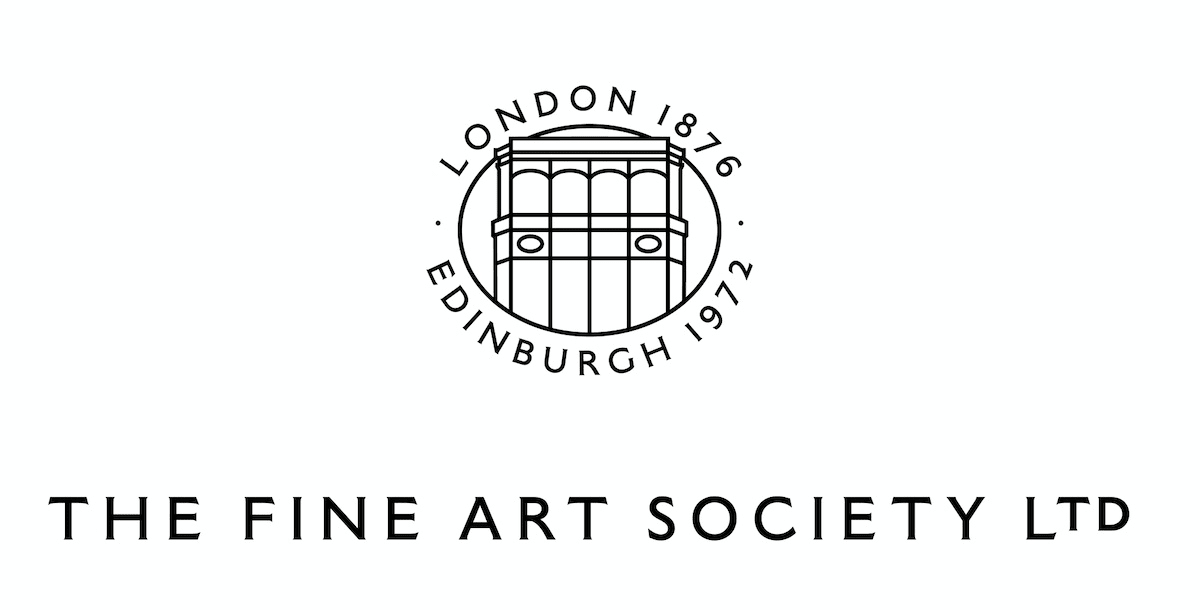
Gerald Laing 1936-2011
Anna Karina, 1963-2004
signed, titled, dated and numbered 74/100 in pencil to margin
screenprint
printed by Editions Domberger, Stuttgart; published by the artist (with his blindstamp)
printed by Editions Domberger, Stuttgart; published by the artist (with his blindstamp)
edition of 100
sheet: 39 ½ x 26 ¼ inches
'The next Muse, while I was still at St Martin’s, was the actress Anna Karina, then married to the Nouvelle Vague director Jean Luc Godard. The source was an ephemeral...
"The next Muse, while I was still at St Martin’s, was the actress Anna Karina, then married to the Nouvelle Vague director Jean Luc Godard. The source was an ephemeral image liable to quick decay – 1.5 inches high, advertising a film by Godard called ‘Vivre sa Vie’, in, I think, ‘The Evening Standard’. I painted it 12 feet high, on nine separate stretchers.
The film is in a documentary style and recounts the destruction of a young woman whose ambition is to become a movie actress. The still photograph from the film from which my image is derived, is from the section describing her descent into prostitution. The glazing bars of the window behind her head form a cross and the whole image has an almost religious iconic status which I am sure was intended by Godard and was certainly my intention. In the film, her name is Nana, which is both the title of Emil Zola's great novel on the same subject and the name of his protagonist (though Zola's Nana fares far better than Godard's). I wanted to monumentalise and immortalise a fragile and ephemeral newspaper image of a film and an actress which I felt captured an urban mythology of the times. " – G L
Anna Karina gazes ahead with a blank or doleful expression, remote from the viewer. The billboard scale makes her powerfully present, as on the cinema screen, but the scale also serves to withhold the promise of intimacy.
[from the exhibition catalogue of 'Gerald Laing - Myth & Muse: the cult of celebrity', The Fine Art Society, 2024]
The film is in a documentary style and recounts the destruction of a young woman whose ambition is to become a movie actress. The still photograph from the film from which my image is derived, is from the section describing her descent into prostitution. The glazing bars of the window behind her head form a cross and the whole image has an almost religious iconic status which I am sure was intended by Godard and was certainly my intention. In the film, her name is Nana, which is both the title of Emil Zola's great novel on the same subject and the name of his protagonist (though Zola's Nana fares far better than Godard's). I wanted to monumentalise and immortalise a fragile and ephemeral newspaper image of a film and an actress which I felt captured an urban mythology of the times. " – G L
Anna Karina gazes ahead with a blank or doleful expression, remote from the viewer. The billboard scale makes her powerfully present, as on the cinema screen, but the scale also serves to withhold the promise of intimacy.
[from the exhibition catalogue of 'Gerald Laing - Myth & Muse: the cult of celebrity', The Fine Art Society, 2024]
Provenance
The artist's estate, catalogue raisonné no. P53 (Ingram and Halliwell 047)Exhibitions
Literature
Rupert Halliwell & Lyndsey Ingram, Gerald Laing: Prints and Multiples, A Catalogue Raisonné (London, 2006)
